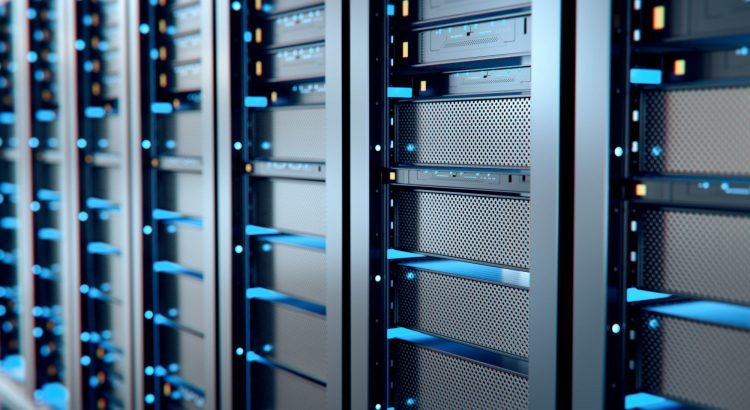Blog provided by Electric Kitten
There are many potential disadvantages to having a server room in your business. The most obvious is the cost of maintaining and running the equipment compared to affordable hosting services Los Angeles. Servers require cooling, power, and space, all of which can add up quickly. Additionally, if something goes wrong with the servers or networking equipment, it can be difficult to fix without qualified technicians on staff.
Another disadvantage is that a server room can be a security risk. If someone gains access to your network infrastructure they could potentially steal or damage sensitive data. In addition, large amounts of traffic passing through a single point make your business more vulnerable to Denial of Service (DoS) attacks.
Another downside of using a server room is its physical limitations. A typical server room can only accommodate so many servers, which may not be enough for larger businesses with high-volume data needs. And if more servers need to be added later on, additional space and cooling capacity may need to be allocated – an expensive proposition in most cases.
Finally, server rooms are often located in remote areas away from where employees work – meaning longer distances have to be traveled between employees and their technology infrastructure.”
This is why every organization needs to balance the advantages and disadvantages of maintaining their own in-house server infrastructure versus using a data center.
